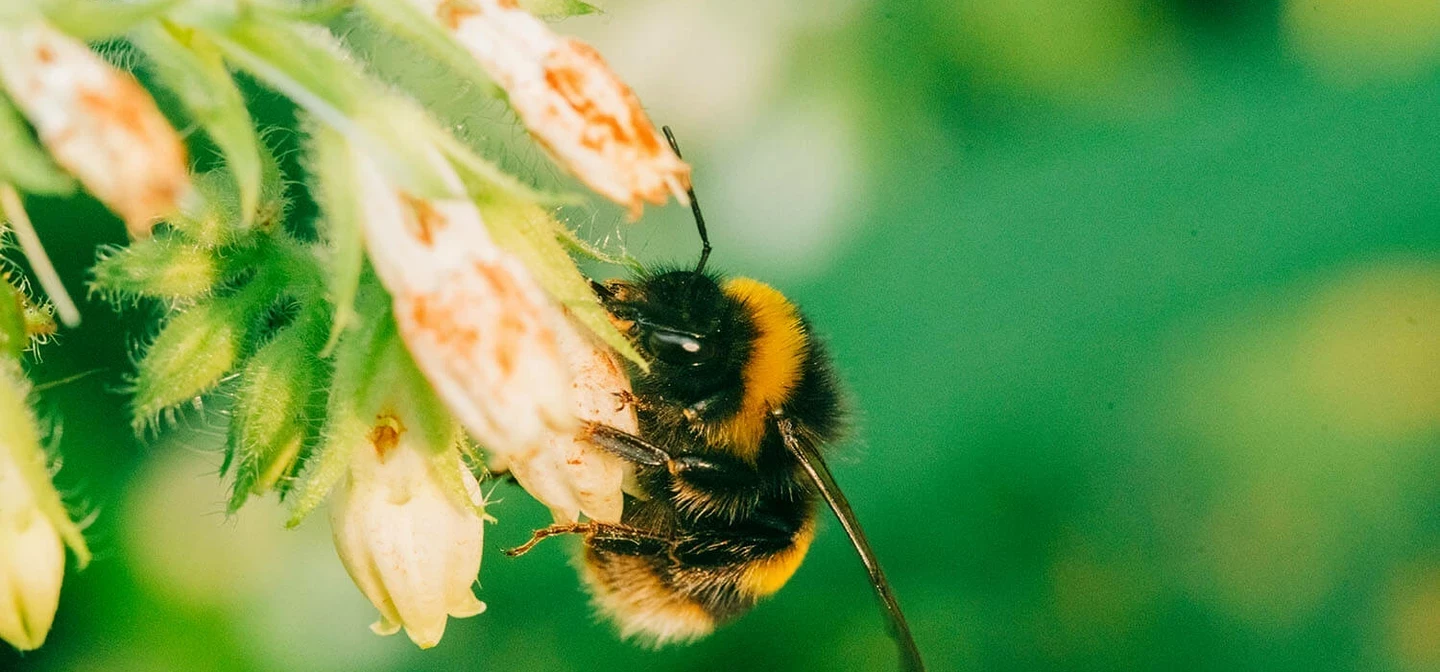
The Queen Bees need you!
Depending on who you ask spring can start at different times.
For the UK the first day of spring falls on 20 March if you refer to the astronomical calendar. Others use the meteorologist dates of 1 March. Flowers use the amount of daylight hours to work out when to bloom. While for bees, spring is signalled by an increase in temperature inviting them to come out and replenish much needed stores.
Where do bumblebees live and nest
Bumblebees are incredibly adaptable insects, capable of thriving in a wide range of environments. From lush gardens bursting with colorful blooms to sprawling meadows carpeted with wildflowers, bumblebees can be found in diverse habitats across the globe. They're equally at home in woodlands, where they can seek shelter and forage for food amidst the trees, as well as in urban areas, where they navigate through parks and gardens in search of nectar-rich flowers.
Underground Nests
When it comes to nesting, bumblebees typically prefer to build their homes underground. They're known for repurposing abandoned rodent burrows or finding other hidden locations to establish their nests. These underground dwellings provide the ideal conditions for bumblebee queens to lay their eggs and raise their young in relative safety and seclusion.
Despite their underground abodes, bumblebees are not without their challenges. Predators such as birds, mammals, and other insects pose a constant threat to their nests. To counter these dangers, bumblebees employ various protective measures. Some species may aggressively defend their nests, buzzing loudly and even stinging intruders to drive them away. Others rely on camouflage or intricate tunnel systems to deter would-be predators. Additionally, bumblebees may utilize chemical signals to communicate danger or mark territory around their nests, further safeguarding their homes from harm.
What do bumblebees do
Bumblebees, with their fuzzy bodies and specialized mouthparts, are expert foragers uniquely suited to the task of pollination. As they visit flowers in search of nectar, they inadvertently collect pollen on their bodies, which they then transport to other flowers as they move from bloom to bloom. This unintentional act of pollen transfer is crucial for the fertilisation of plants, enabling them to produce seeds and reproduce.
The pollination services provided by bumblebees have far-reaching implications for ecosystems worldwide. Beyond ensuring the survival and proliferation of flowering plants, bumblebees contribute to biodiversity by supporting a diverse array of plant species. They also play a vital role in maintaining the health of ecosystems by promoting the growth of crops and wild plants alike, thus supporting the food webs upon which countless other species rely.
Despite their invaluable contributions, bumblebees face numerous challenges. Habitat loss,
pesticide use, climate change, and disease are just a few of the threats that endanger bumblebee populations worldwide. As such, it is imperative that we take action to protect and conserve these vital pollinators. By creating pollinator-friendly habitats, reducing pesticide use, and promoting public awareness, we can help ensure the continued survival of bumblebees and the ecosystems they support.
Spot the Queen Bumblebee
As spring approaches, we're asking visitors to help with our research to record when Queen bees are waking from hibernation. Take pictures of any bees you see in the Royal Parks between 21 February and 1 March, share them with us online and we'll tell you if you've snapped the Queen.
Don't forget to mention the name of the park you saw the bee in.
There are over 250 species of bees in the UK with 24 different types of bumblebees.
Bumblebees are headed up by a Queen. The Queen bee is usually the only bee to make it to spring having spent the winter hibernating alone underground in loose soil. Emerging from her regal slumber, her role each spring is to find a nest to build and populate a new colony.
Evidence suggests that this job is being made more and more difficult.
Pollinating insects are waking a little earlier each year due to rising temperatures which is believed to be down to climate change.
Making sure our parks are nectar rich
A waking Queen bee will have used up all her nectar stores surviving the winter and will immediately fly the nest seeking nectar rich flowers to get her through the spring.
Unfortunately, in late February, many flowers won’t have bloomed. And it’s this scarcity of resources which is believed to be contributing to a decline in the bumblebee population.
In fact, insects are in widespread decline, which poses a threat to the vital pollination service they provide.
There are more than 1,500 species of pollinator in the UK, including bees, wasps, flies, butterflies, moths and beetles . These insects visit flowers to feed on sugary nectar or protein-rich pollen, and in the process, transfer pollen between plants. The subsequent fertilisation of flowers results in the production of seeds and fruits, which can be important food sources for birds and other wildlife, while insect pollinators themselves are prey for many species. As a result, pollinators play a key role in plant reproduction and maintaining biodiverse communities, as well as in supplying people with food from agricultural crops.
As custodians of these beautiful parks, it is our job to ensure there is an abundance of nectar rich flowers ready for the Queen bees whenever they emerge. One way we achieve this is by holding planting days. Last winter over 65,000 early spring bulbs were planted by the public.
Conserving each and every Queen bee is important as she is responsible for building a colony of around 400 bumble bees a year.
Research and evidence of what is happening within the insect population is something we are constantly gathering to inform our park management plans.
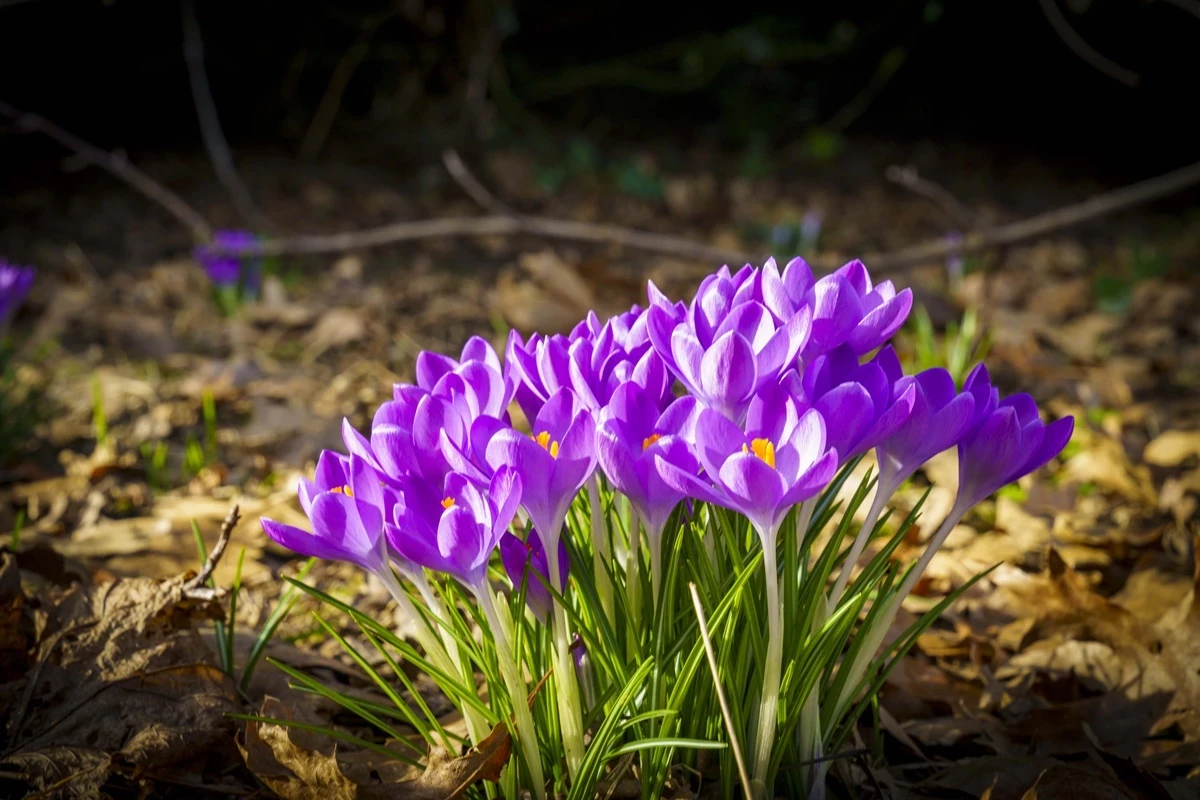
How does The Royal Parks support bumblebees?
With so much new life spring is such an exciting time to visit the Royal Parks.
Make a bee-line to the Queens' favourite plants to watch them buzzing about. You'll hopefully find many thanks to the many initiatives we have in place to support them including:
- Wildflower meadows, which are a great source of nectar and pollen for bumblebees, these are limited in London - we are planting more.
- Holding planting days where thousands of bulbs are planted by the public ready for pollinating insects in spring as part of our Help Nature Thrive project.
- Pollinator friendly ornamental planting, providing visual and biodiversity benefits.
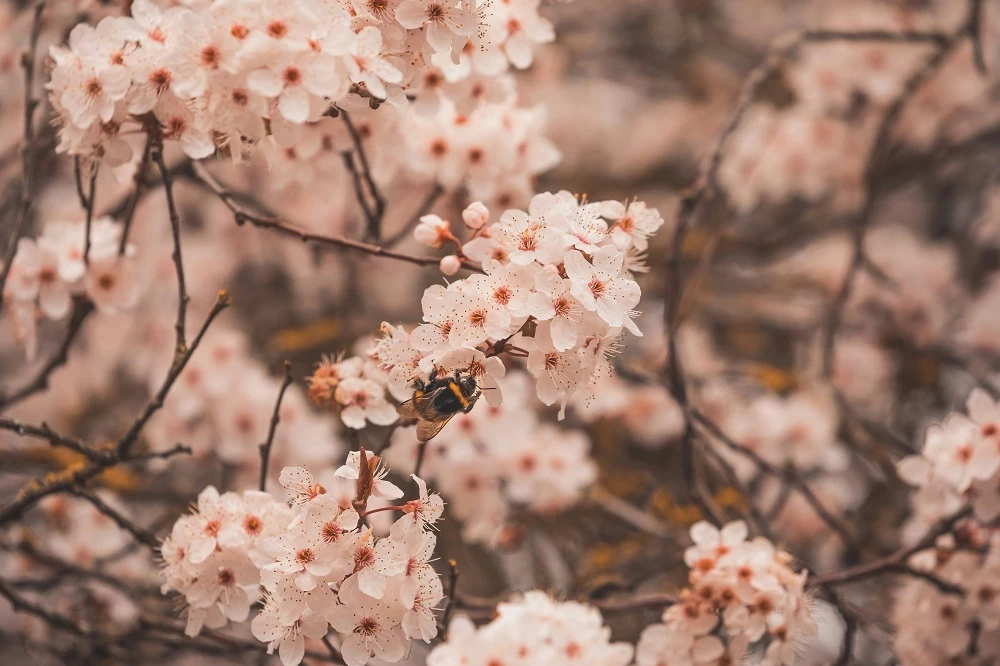
How you can help bumblebees
Why not go above and 'beeyond' for our bees by:
- Building a bee a home.
- Growing more nectar- and pollen-rich flowers, shrubs and trees.
- Think carefully about whether to use pesticides.
- Join our bee walks or volunteer with us.
- Join our public planting days.
The Help Nature Thrive project and much of our important conservation work is made possible thanks to players of People’s Postcode Lottery.
-

How The Royal Parks helps nature thrive
How The Royal Parks helps nature thrive
-
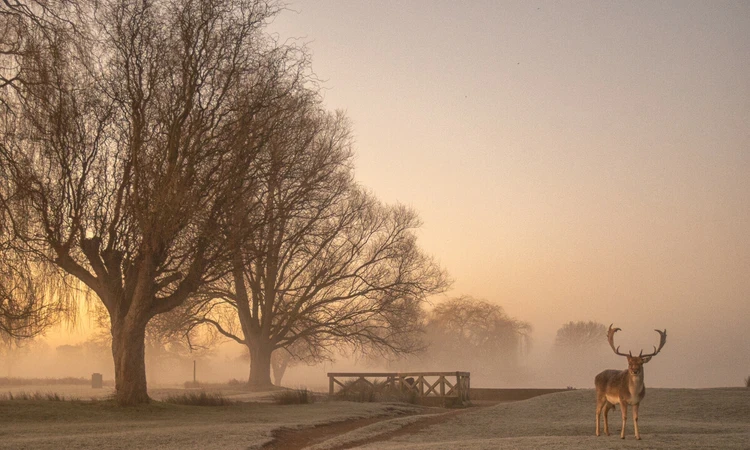
Nature & wildlife
Life flourishes in the Royal Parks, and we want to keep it thriving for decades to come.
-
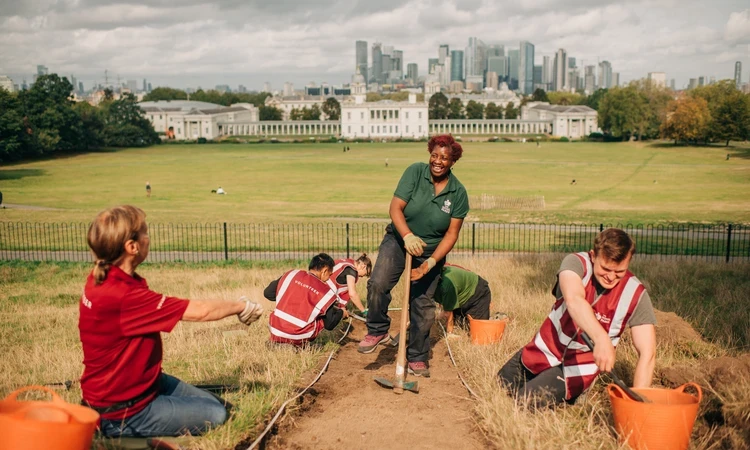
Volunteer with us
Would you like to volunteer with us? Our volunteers play a vital role in looking after the parks and support a wide-range of activities.
-
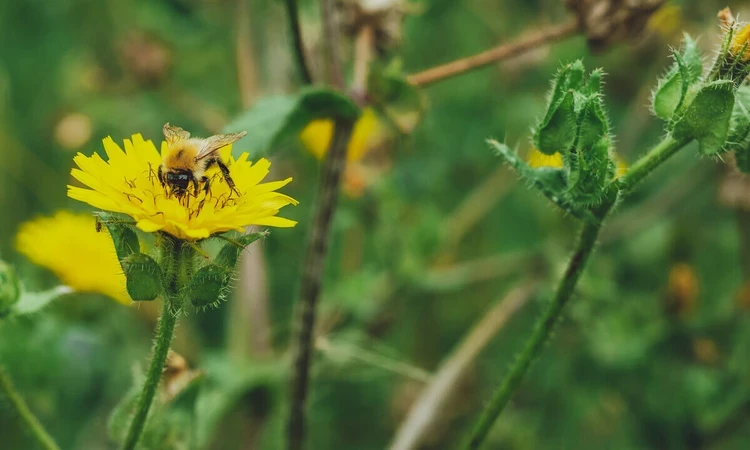
Sustainability
Our proactive approach to sustainably managing London's Royal Parks
Related Articles
-
 Read
ReadCalling all budding bee spotters: The Queen Bees need you!
The Royal Parks charity has put out a call to all visitors to help capture the first sightings of the Queen Bumblebees
-
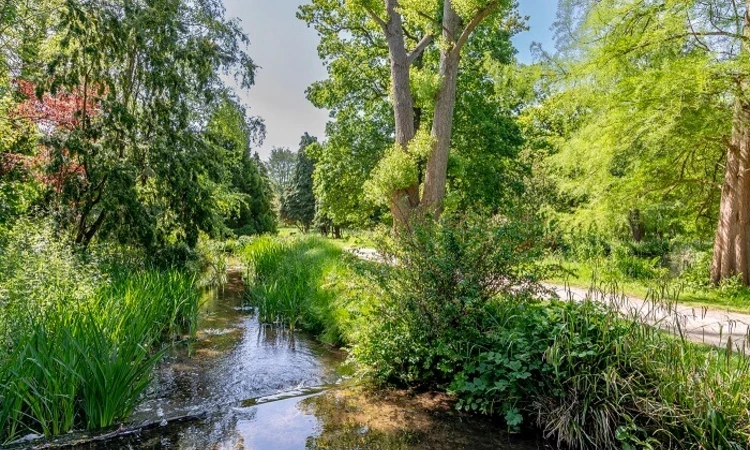 Listen
ListenHelping Nature Thrive
In this episode, host Kristen Mueller delves into the many ways that we can help nature thrive in the parks.
-
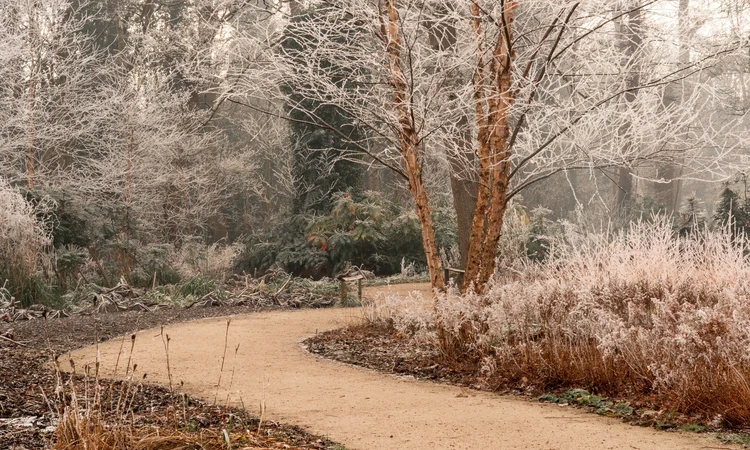 Read
ReadThe best nature walks in London
A selection of the best nature walks in London for you to enjoy